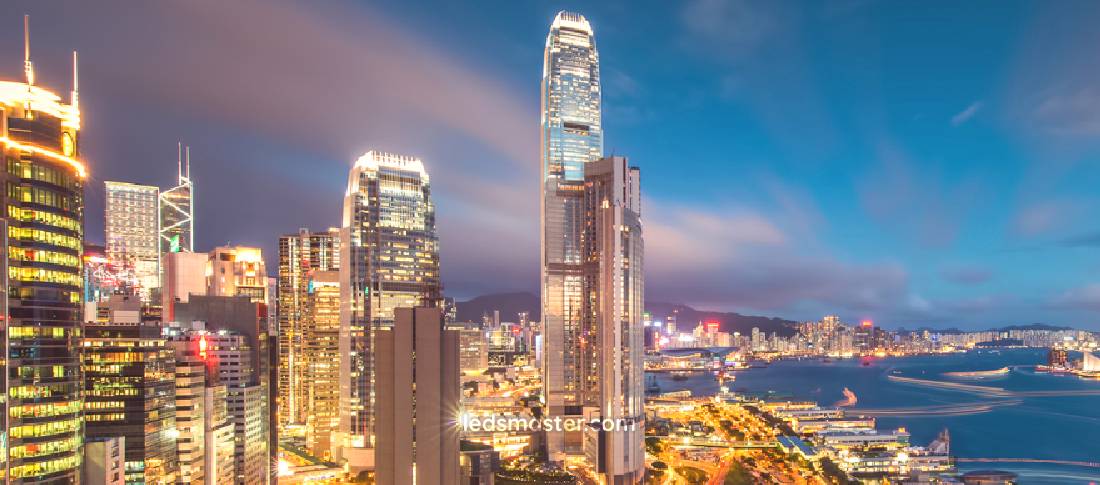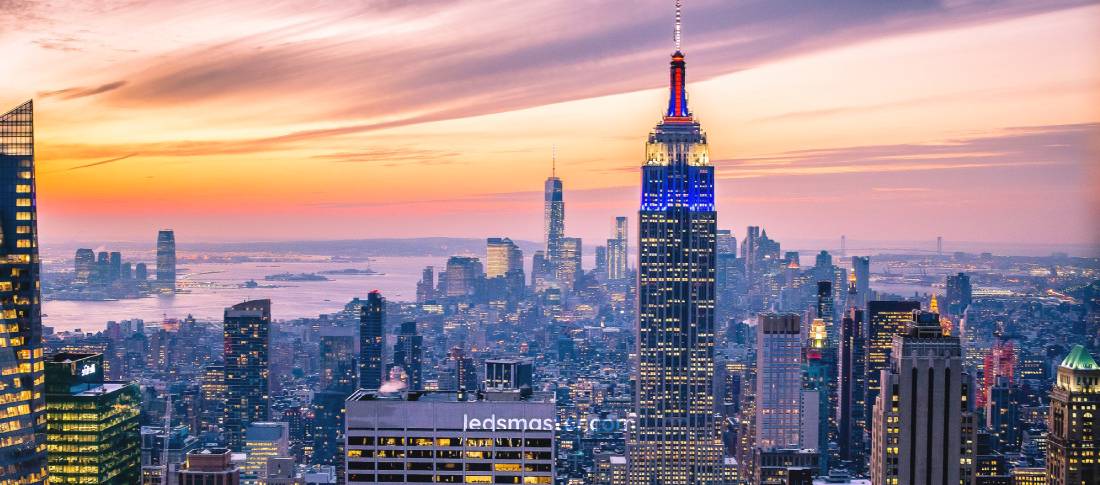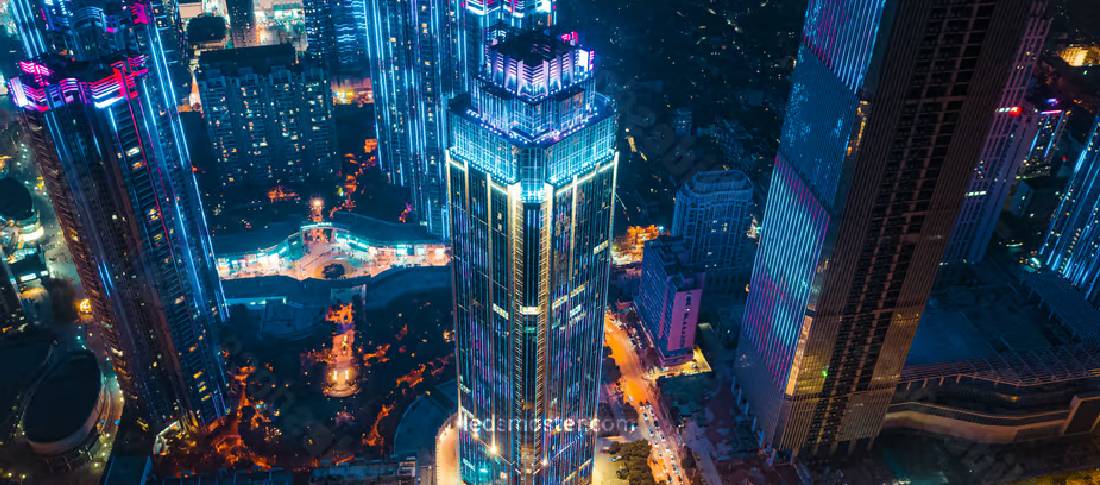The total building lighting expense includes not only initial installation but also ongoing energy use, maintenance, and replacements. Understanding these costs helps ensure an efficient and cost-effective lighting system.
Get your complimentary lighting design today
A well-designed lighting system not only enhances the aesthetic appeal and functionality of spaces but also affects energy consumption and long-term maintenance costs. To understand the total cost of building lighting, one must consider several factors ranging from initial installation to ongoing energy consumption and maintenance.
Table of Contents
Toggle| Cost Factor | Description | Example Costs (Small Commercial Building) | Example Costs (Large Commercial Building) |
|---|---|---|---|
| Initial Installation | Includes the cost of lighting fixtures, wiring, labor, and design. | $3,000 – $5,000 (basic installation) | $15,000 – $30,000 (complex installation with high-end fixtures) |
| Energy Consumption (Annual) | Ongoing electricity usage depending on the type of lighting and hours of operation. | $3,000/year (LED lights, moderate use) | $15,000/year (LED lights, higher usage) |
| Maintenance and Replacements | Cost for replacement of bulbs, fixtures, and other components; ongoing cleaning. | $200 – $300/year (for LED fixtures) | $1,000 – $2,000/year (for mixed lighting systems, multiple repairs) |
| Lighting Control Systems | Costs for installing automated systems like dimmers, timers, motion sensors. | $500 – $1,500 (for simple control systems) | $3,000 – $5,000 (for sophisticated, integrated systems) |
| Sustainability Incentives | Potential tax rebates or energy savings from green building certifications. | $300 – $500/year (energy savings with LED & automation) | $1,500 – $3,000/year (energy savings and rebates for larger systems) |
| Total Annual Operating Cost | Combined energy, maintenance, and replacement cost. | $3,500 – $4,000/year (with efficient systems) | $18,000 – $30,000/year (with advanced systems) |
| Lifecycle Costs (Over 10 Years) | Total costs considering installation, energy, maintenance, and replacements over 10 years. | $35,000 – $45,000 (including all factors) | $180,000 – $300,000 (depending on scale, complexity) |
The first phase of any building lighting project involves selecting the right fixtures, installation, and design. These initial costs vary depending on several factors, including the type of lighting chosen, the size of the building, and the complexity of the installation.
Lighting fixtures come in a variety of styles and price ranges. From energy-efficient LED lights to more traditional incandescent bulbs, each type of fixture has its own associated costs. The price of fixtures often depends on the brand, style, functionality, and the materials used in their construction.
LED lights, while more expensive upfront than incandescent or fluorescent options, offer much lower energy consumption and longer lifespans, making them a popular choice for modern lighting installations. Fluorescent lights are also common, though they have been increasingly replaced by more energy-efficient options.

Along with the fixtures themselves, labor costs for installation can add up quickly. The complexity of the installation process largely depends on the type of building and its existing electrical system. For example, installing a lighting system in a new commercial building may involve more intricate wiring and planning than retrofitting an older home with updated lighting.
Electricians and lighting specialists typically charge by the hour, and the installation duration can vary based on the size and scope of the project. Additionally, factors such as the need for specialized equipment or scaffolding can further increase labor costs.
Proper lighting design plays a significant role in achieving both aesthetic appeal and energy efficiency. Lighting designers may charge a consultation fee or a project fee, depending on the scale of the building and the complexity of the lighting requirements. The design process includes selecting appropriate lighting styles for different rooms or areas of the building, ensuring sufficient light levels, and avoiding energy wastage. Custom lighting solutions designed to meet specific needs or unique architectural features often come at a higher cost.
Several factors influence the overall cost of building lighting, from the type of fixtures chosen to the building’s layout and usage patterns. Understanding these elements can help in planning an efficient lighting system that fits both budget and functional requirements.
The choice of lighting fixtures significantly impacts both the initial cost and long-term operating expenses. Energy-efficient fixtures like LEDs may have a higher upfront cost but provide long-term savings through reduced energy consumption and longer lifespans. Traditional incandescent or fluorescent fixtures, on the other hand, may be cheaper initially but cost more to operate and replace over time.
The design and size of a building also play a role in lighting costs. Larger buildings or spaces with high ceilings may require more lighting fixtures or specialized equipment, increasing installation and energy costs. Similarly, complex floor plans or multi-story buildings might need more sophisticated wiring and control systems, contributing to higher labor costs.
The frequency and manner in which a building’s lighting is used affect its total cost. Commercial buildings with high traffic or long operating hours will naturally consume more energy, leading to higher electricity bills. Adjusting lighting intensity and implementing automatic controls based on occupancy can help optimize energy use and reduce costs.
Once the lighting system is installed, ongoing operating costs will come into play. These costs primarily involve electricity usage and can vary greatly depending on the type of lighting installed, the size of the building, and how often the lights are used.
One of the most effective ways to reduce ongoing lighting costs is to opt for energy-efficient lighting solutions. LED lighting, for example, uses far less energy than incandescent or halogen bulbs. It also has a longer lifespan, reducing the frequency of replacements. While the upfront cost of LED lights may be higher than traditional options, the energy savings can significantly reduce overall lighting costs over time.
Similarly, compact fluorescent lights (CFLs) consume less electricity than incandescent bulbs but typically do not last as long as LEDs. For some applications, the installation of dimmer switches or motion sensors can further reduce energy usage by controlling light levels or turning lights off when they are not needed.
Larger buildings will naturally consume more energy for lighting due to the increased number of fixtures and the larger floor area that needs to be illuminated. The complexity of the layout also affects energy consumption. Buildings with high ceilings, numerous rooms, or intricate designs may require more powerful lighting systems or additional fixtures, thereby increasing the overall energy demand.
To help mitigate these costs, many building owners are adopting strategies such as zone-based lighting, where different areas of the building can be illuminated separately based on need. This method reduces the overall energy expenditure by ensuring that only the areas in use are lit.

Modern lighting control systems, including timers, dimmers, and automated sensors, offer an efficient way to manage lighting usage and reduce electricity consumption. Motion sensors, for example, turn lights on when someone enters a room and off when the room is empty, ensuring that energy is not wasted. These systems can be particularly beneficial in commercial buildings with fluctuating occupancy.
Automated control systems can also adjust the brightness of lights depending on the time of day or available natural light, further reducing the need for artificial lighting during daylight hours. While the installation of these systems adds to initial costs, they pay off over time by lowering energy bills.
Another significant aspect of building lighting costs is maintenance. Over time, lighting fixtures will need to be replaced or repaired, especially if they are used extensively. The maintenance costs will depend on the type of lighting system installed and the frequency of use.
Different lighting technologies have varying lifespans, which directly affects their replacement frequency and maintenance costs. LED lights, for example, typically last between 25,000 to 50,000 hours, whereas incandescent bulbs may only last 1,000 to 2,000 hours. This extended lifespan reduces the need for frequent replacements and, consequently, lowers long-term maintenance costs.
Fluorescent lights generally have a lifespan of 8,000 to 15,000 hours, which is longer than incandescent bulbs but shorter than LEDs. Halogen lamps, though providing high light output, have a much shorter lifespan and tend to require more frequent replacement.
While LEDs have a long lifespan, they still require periodic cleaning and sometimes component replacement. Additionally, as with any lighting system, maintenance will be needed to ensure optimal performance. Dimming systems, motion sensors, and other automated controls may also require occasional maintenance, particularly if they become faulty or stop responding to input.
On the other hand, traditional lighting systems such as incandescent or fluorescent lights may require more frequent bulb changes, contributing to higher long-term maintenance costs. The labor cost for replacing lights also varies, as it can depend on the accessibility of the fixtures, such as those in high ceilings or hard-to-reach areas.
As building owners and managers become increasingly concerned with sustainability and environmental impact, lighting systems that reduce energy usage and lower carbon footprints have become more desirable.

LED lighting is widely considered one of the most environmentally friendly lighting options. It not only consumes less energy but also has a lower environmental impact due to its longer lifespan. The reduced need for replacement bulbs means fewer lights end up in landfills, contributing to reduced waste.
Furthermore, since LED lights use less energy, they reduce the overall carbon footprint of the building, especially when paired with renewable energy sources. This can be particularly appealing for businesses and organizations aiming to improve their environmental credentials.
Many building owners are opting for energy-efficient lighting systems as part of a broader effort to achieve green building certifications, such as LEED (Leadership in Energy and Environmental Design). These certifications recognize buildings that meet high environmental performance standards, including energy efficiency. Adopting energy-efficient lighting is one of the easiest ways to contribute to these efforts and may also lead to financial incentives, such as tax rebates or utility company discounts.
Building lighting is an ongoing expense that requires careful planning and consideration of several factors. From the initial costs of installation to the long-term energy consumption and maintenance, each component plays a role in the total cost. By choosing energy-efficient lighting options, utilizing modern control systems, and considering sustainability, building owners can manage lighting costs more effectively while maintaining a high-quality environment for occupants.